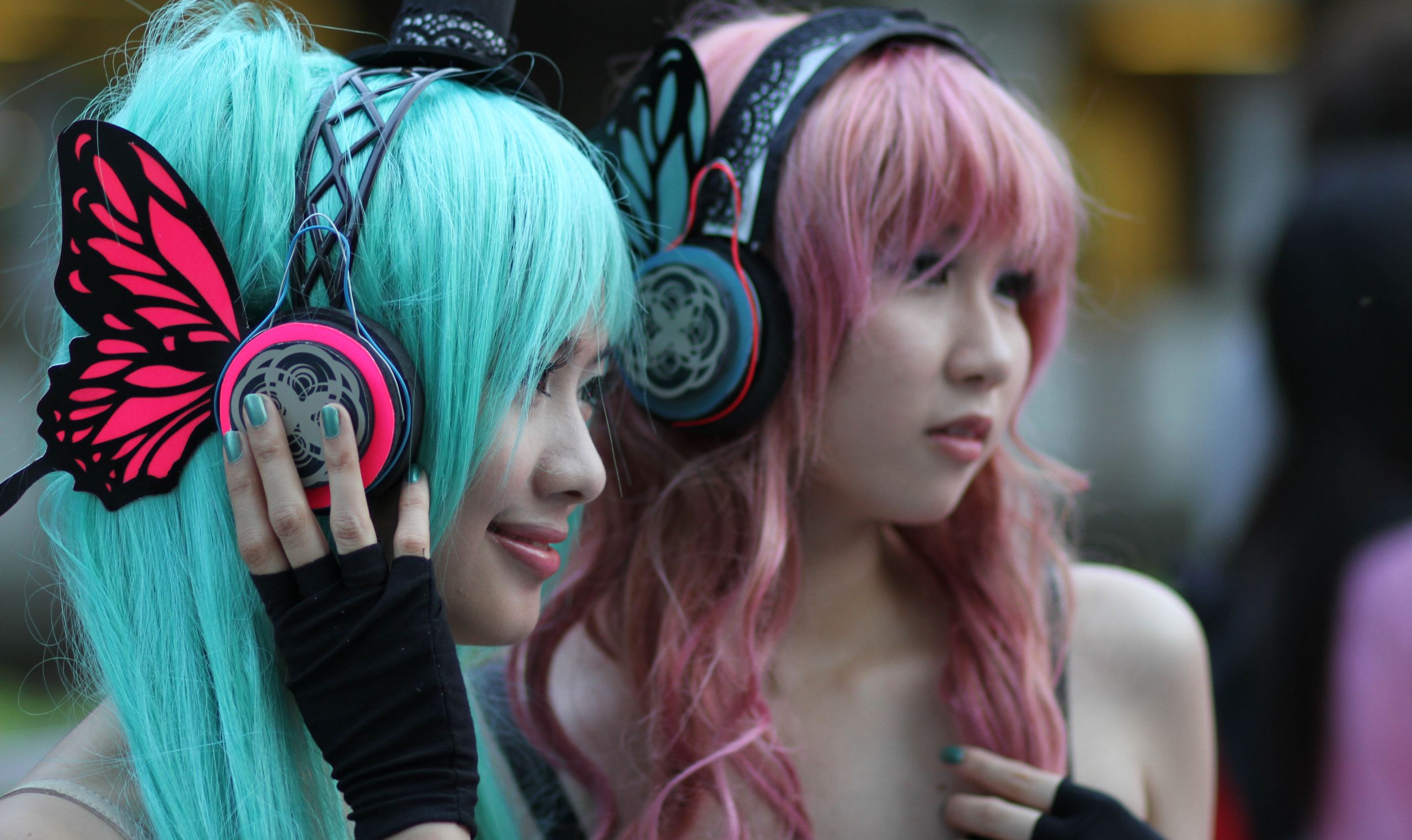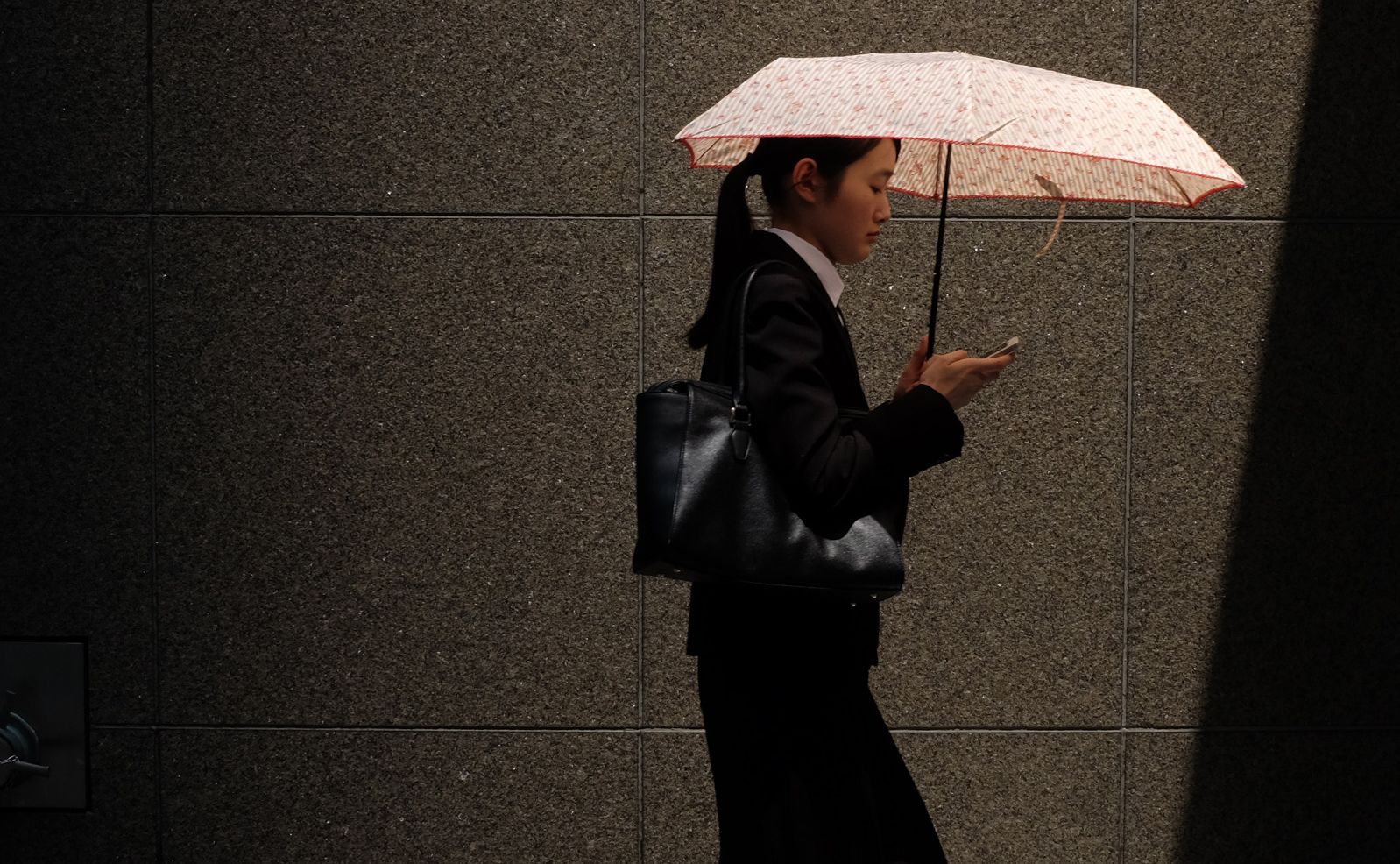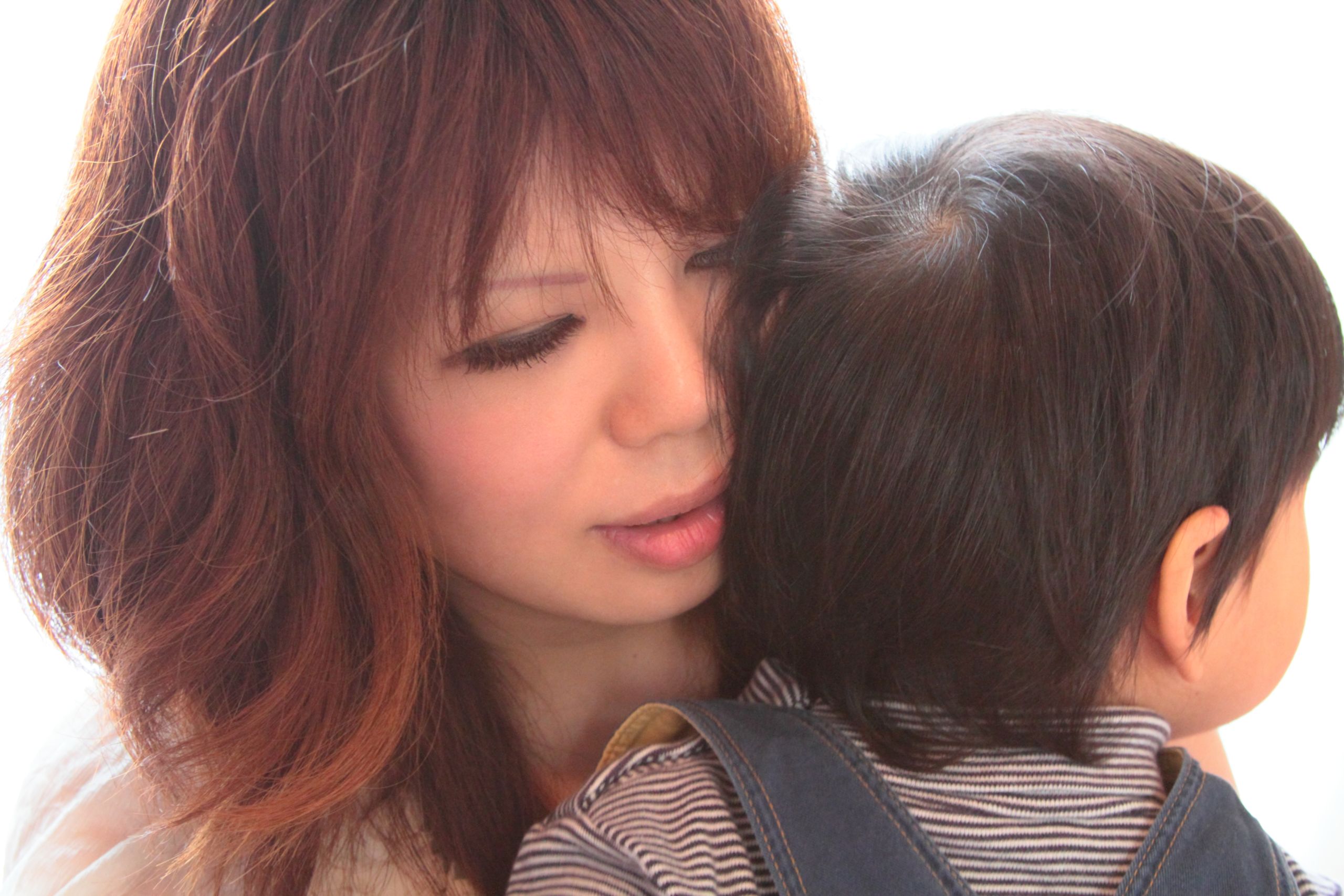What next for Japan's women?
From kimono-clad geishas to ‘disgusting cute’ teens, Japanese femininities have changed dramatically over the last 50 years. Yet the country's women face many of the same old obstacles. A new book bares all.

Beyond Kawaii: Studying Japanese Femininities at Cambridge, a fascinating new collection of research, comes at a pivotal moment in Japan’s gender history.
As the book’s introduction points out, COVID-19 has forced some Japanese firms to consider homeworking for the first time, challenging traditional work ethics that encourage long hours in the office, including when ill. This, the book’s editors cautiously suggest, could empower women if employers continue to experiment with new ways of working.
But as co-editor Dr Brigitte Steger cautions: “So far, the Japanese government has shown very little regard for working mothers during the pandemic and the country may well just revert to established practices. The government has failed to deliver on its promise to allow women to ‘shine’ but this crisis could offer a unique opportunity to bring about real change.”
Beyond Kawaii, a collection of essays investigating the latest trends in Japanese society, is the work of recent Japanese Studies graduates from the University of Cambridge.
'Beyond Kawaii' published by LIT Verlag on 30 June 2020
'Beyond Kawaii' published by LIT Verlag on 30 June 2020
Kawaii (usually translated as “cute”) has grown to become one of Japan’s most successful cultural exports – spearheaded by Hello Kitty – via manga, anime, video games, fashion and their copious colourful merchandise.
In the 1970s, the kawaii aesthetic became something that women wished to embody themselves and even into the 1990s, this offered a chance to rebel against social expectations to get married and devote one’s life to motherhood.
A young woman dressed in kawaii style, 2009. Image courtesy of Héctor García under a CC licence via Flikr
A young woman dressed in kawaii style, 2009. Image courtesy of Héctor García under a CC licence via Flikr
Gradually, with its promotion of infantilised cuteness, kawaii has lost much of its subversive potential but as this book shows, this is only a small part of the picture.
Kawaii’s global prominence has obscured many other emerging ideals of femininity based on age, social status and the shifting challenges that Japanese women face in society.
“Each chapter explores how Japanese women are trying to extend their options beyond kawaii,” says Steger. “They are experimenting with new and diverse femininities to navigate very challenging crosscurrents of continuity and change in Japanese society.”
But, as the researchers reveal, these experiments don’t always have positive outcomes ...
When a woman begins work, marriage and motherhood in Japan, she is expected to ‘graduate’ (sotsugyō) from kawaii and gender-bending fashion such as ikemen dansō style in order to conform to new expectations of femininity.
As Japan’s workforce continues to shrink, women are increasingly expected to shoulder full-time careers on top of traditional domestic responsibilities.
A young Japanese woman with her mother, 2007. Image courtesy of mydearboy under a CC licence via Flikr
A young Japanese woman with her mother, 2007. Image courtesy of mydearboy under a CC licence via Flikr
Self-love and liberation?
In one chapter, Ellen Mann explores post-feminist discourses within the lucrative and increasingly influential spiritual health and beauty industry in Japan.
Focusing on ‘New Age’-style advice on uterus and vagina care in women’s magazines and blogs, she argues that though this ‘new spiritual’ media appears to promote a feminist ideology of self-love and liberation, it unhelpfully replicates notions of women’s bodies as polluting and links a woman’s worth to their reproductive health.
Mann says: “While these narratives hold out the promise of empowerment, they actually reinforce a narrow view of femininity.”
Fashion, the body and motherhood are recurring themes in the collection.
The ‘perfect’ mama
Mother and child, 2011. Image courtesy of Etsuko Naka under a CC license via Flikr
Mother and child, 2011. Image courtesy of Etsuko Naka under a CC license via Flikr
In another chapter, Tianyi Vespera Xie argues that standards being set by a new ‘mama identity’ may prove counterproductive as Japan tries to solve its aging population problem.
Promoted by magazines for pregnant women and young mothers, the ideal of the modern mama – elegantly dressed, sophisticated, successful and happy, both at work and at home – may intimidate some women and encourage them to delay marriage and childbirth.
Fat positive?
Anna Ellis-Rees shows that just because larger women have a new-found media presence, this does not mean that Japan is becoming more accepting of body diversity. In fact, she argues, increased so-called ‘fat positive’ visibility may just be reproducing slim ideals and casting the overweight body as a deviant ‘other’.
Drawing on advertisements for dieting products and music videos by pop idol girl groups such as Chubbiness and la BIG3, Ellis-Rees suggests that larger bodies have become the focal point of disciplinary cruelty.
la Big 3 perform their debut song "Pochative ~ Body mo Heart mo Glamorous" in 2014
“Overweight women tend to be portrayed as lazy and immature, and their bodies are ridiculed not only by others but also by themselves,” Ellis-Rees explains.
“Being chubby may be perceived as endearingly kawaii in young girls but to be a functioning grown-up, you are expected to control your food intake and keep a trim figure.”
... stranger than fiction?
Alexander Russell and Ellis-Rees both draw on developments in literature and film to deepen our understanding of women in Japanese contemporary society.
While J-horror tend to turn violated girls into vengeful ghosts or monsters, authors like l’enfant terrible Kanehara Hitomi portray the personal upheavals and ‘processes’ through which women must pass as they follow the familiar trajectories of marriage and motherhood.
Analysing her short story collection Trip Trap, Russell finds that the stories “no longer reveal the explosive, seditious resistance of her earlier work, but a simmering of ‘personal dissatisfaction’ that explores the limits of convention in society.”
Beyond Kawaii is the third in a series of books from Japanese Studies graduates at Cambridge.
Manga Girl Seeks Herbivore Boy was published in 2013, followed by Cool Japanese Men in 2018.






